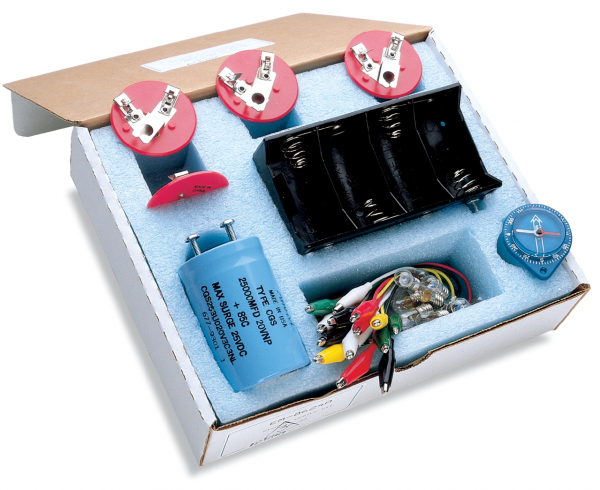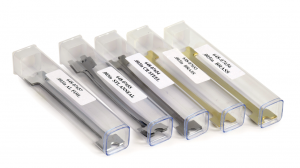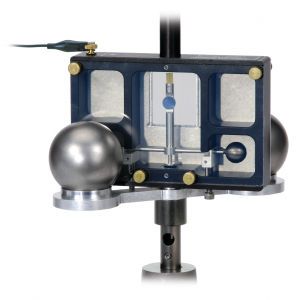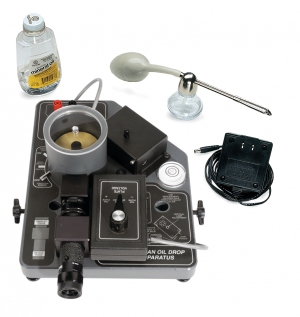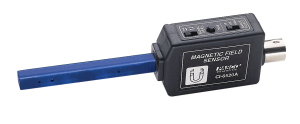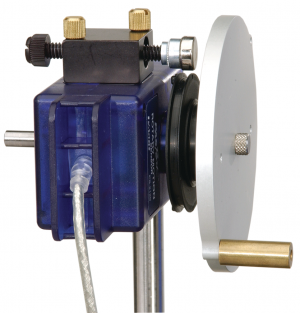Product Details
CASTLE Kit
Leads students from initial naive ideas to an increasingly expert understanding of electrical phenomena. Kit for two students.
Description
CASTLE (Capacitor-Aided System for Teaching and Learning Electricity) is a high school electricity curriculum that leads students from initial naive ideas to an increasingly expert understanding of electrical phenomena. A sequence of self-guided experiments uses large capacitors and transient bulb lighting to help students confront their misconceptions, grasp the physics of current propulsion and build intuitive explanatory models.
The core experiments stimulate students to model mobile charge as a compressible fluid and electric potential as “pressure” in the fluid. They learn that a pressure difference is what makes charge move through a resistor. The advanced experiments reveal two kinds of charge and distant action, which suggests modeling fields as pressure raising/lowering “halos” around ± charges. Connections between the electron, the atom and mobile charge in circuits are also explored.
CASTLE instruction gives priority to development of qualitative reasoning skills. No prior knowledge of electricity is required, making the curriculum accessible to students in all levels of high school physics.
The CASTLE approach originated in the research of Professor Melvin S. Steinberg of Smith College. The complete curriculum was developed by a team of college and high school physics teachers under a National Science Foundation grant. Extensive testing has shown superior conceptual and confidence gains. In 1994, CASTLE was certified a proven effective program by the U.S. Department of Education’s Program Effectiveness Panel.
In addition, the AAPT PTRA group has adopted CASTLE as has the C3P group and the Modeling Group demonstrating that CASTLE is being chosen by the leaders of physics education as the preferred method for teaching electricity.

